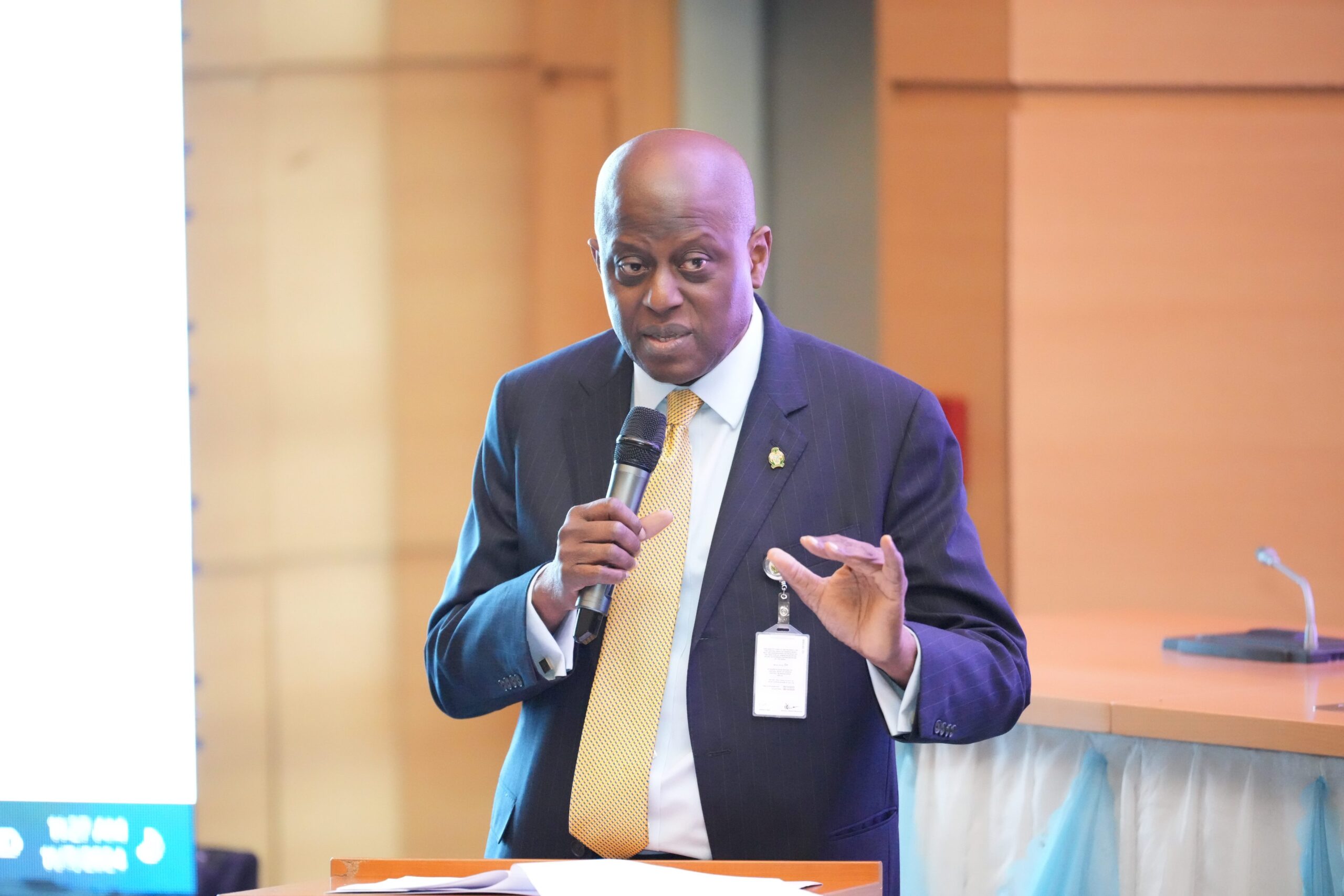Continuous education of microfinance bank leaders to strengthen credit governance and strategic resilience has been described as a boardroom imperative.
This, according to the Financial Institutions Training Centre (FITC), is anchored on the fact that the realities of today’s financial landscape are unambiguous with credit risk evolving faster than traditional oversight models can adapt.
The centre noted in a statement that with borrower defaults surging, inflationary pressures eroding portfolio quality and technology-enabled lending creating unprecedented exposure, the ability of boards to anticipate, mitigate and strategically manage credit risk had become a decisive determinant of institutional survival and competitive relevance.
It said it was in response to these dynamics, that FITC, a foremost governance and leadership capacity-building institution for the financial services sector, hosted the 2025 edition of its Continuous Education Programme (CEP) to equip boards and executive management of microfinance banks with the foresight, frameworks and tools required to lead in an era of complex credit risk.
The event held from July 2 to 3 in Lagos, brought together 43 senior decision-makers from 16 microfinance banks, represented by board chairpersons, managing directors/CEOs, non-executive directors, legal advisers and functional heads, describing the representation as a mix reflecting the reality that effective credit governance required seamless board–management collaboration.
The event, the statement noted, was delivered in collaboration with the Central Bank of Nigeria (CBN) and the National Association of Microfinance Banks (NAMB), whose contributions complemented FITC’s leadership in programme design and delivery.
FITC said it had become necessary to continually remind players in the sector to embrace and entrench the lessons taught and learnt, always remembering that the 2025 CEP was designed to address one of the most pressing issues facing the microfinance sector – the urgent need for boards to move beyond procedural compliance toward active strategic stewardship of credit risk.






